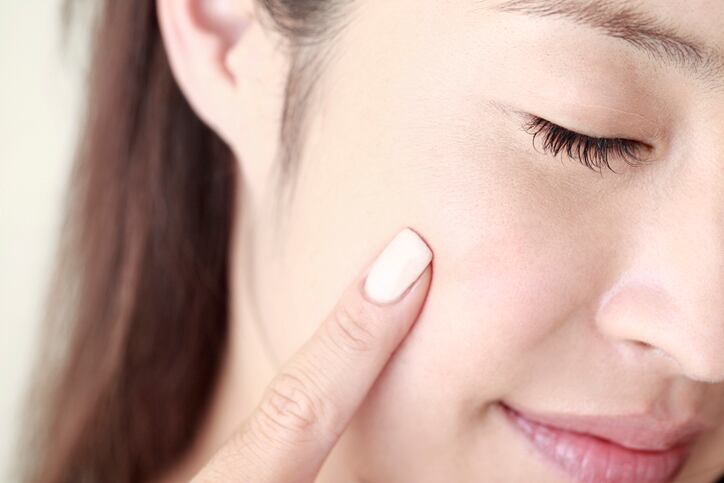The collaborative research aimed to fully understand the mechanism behind skin tightness and establish if it was possible to engineer cosmetic products to reduce this sensation, instead promoting skin comfort.
Since 2014, Stanford University and L’Oréal had been conducting large-scale, multiple-year in vivo studies amongst women in France and China, as well as conducting various in vitro tests. The teams were investigating how the sensation of skin tightness occurred due to cutaneous signalling via the activation of mechano-receptors found deep in the skin.
‘A mechano-receptor is like a little amplifier’
Presenting the ongoing research to attendees at this year’s IFSCC Congress in London, UK, back in September, Reinhold Dauskardt, Ruth G and William K. Bowes professor in the school of engineering at Stanford University, said the work was focused on activity below the skin’s surface.
“We’re interested in how treatment effects the change of the outer layer of our skin, the stratum corneum, and how that information makes its way down to the nerves and the mechano-receptors that first appear a couple of hundred microns below the surface,” Dauskardt said.
“…A mechano-receptor is like a little amplifier that is particularly sensitive to certain strains and vibrations. They work with neurons that then send signals in the form of a firing rate to the somatosensory cortex where we interpret this as some subjective feeling of skin tightness.”
The teams allege that water loss, tissue changing shape, and losing volume, were the stressors people felt when skin was tight, but the goal was to understand the mechanism, he said. The research was therefore looking into how topical treatments stimulated the activation of mechano-receptors; how cutaneous signalling could be interpreted; and whether cosmetic formulations could be engineered to affect these kinds of signals, the professor said.
Moisturisers versus cleansers
Findings across in vivo and in vitro studies had, so far, indicated that moisturisers decreased skin stress whereas cleansers could be damaging to the skin barrier and increase stressors.
But to understand the mechanism behind the sensation of skin tightness, a form of skin stress, the team had to identify the most relevant mechano-receptor to look at – finally settling on Merkel cells which were associated with being sensitive to sustained stresses and things like skin stretch.
By tracking these receptors specifically, the team found that firing rates from Merkel cells in the neural circuit were higher upon application of cleansers versus moisturisers – “more firing means you would be sensing more, less firing means you would be sensing less”, Dauskardt said.
And the higher firing rate upon application of cleaners, he said, was true for different body parts, including the cheek and forehead.
The team was currently working on additional studies, looking at what happened when the application of a cleansing product was followed by a moisturiser, for example, as well as the impact film formers had in a formulation.
A ‘new quantitative bases for engineering formulations’
Whilst it had long been understood that skin mechanics were “sensitive to topical treatments”, Dauskardt said this ongoing research was starting to unravel why.
“We have shown that these multi-scale skin mechanics, measuring and computing the effects, strains and stresses that develop from the stratum corneum all the way down to the neural circuitry, plays a central role, we believe, in sensorial stimulation of your skin.”
Looking ahead, the professor said the research could provide cosmetic formulators a “new quantitative basis for engineering formulations” through knowledge of how they would be received by consumers, with the team now able to predict the firing rate of certain mechano-receptors linked to topical applications.
However, he acknowledged that the neurology side around how individual consumers perceived and interpreted each signal remained “very complicated”, in terms of firing rate predictions versus what individuals reported feeling.
“There’s all sorts of things going on in the cognitive aspect of your mind, but what we’re saying right now is, in the machinery of your skin, we can compute how the receptors are firing.”
At the same event, Pedro Contreiras Pinto, founder and CEO of Portugal-based contract research firm PhD Trials said the environmental space surrounding the skin could also influence sensorial response and induce neural activity – an area they coined the ‘emossome’.




